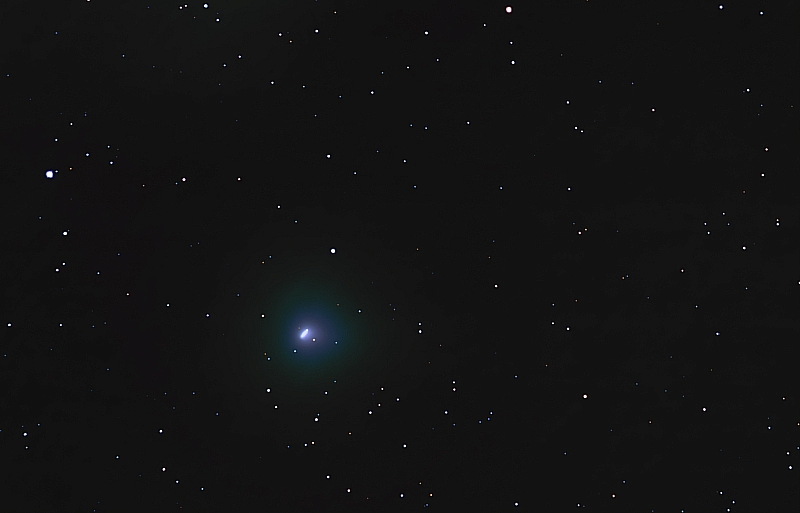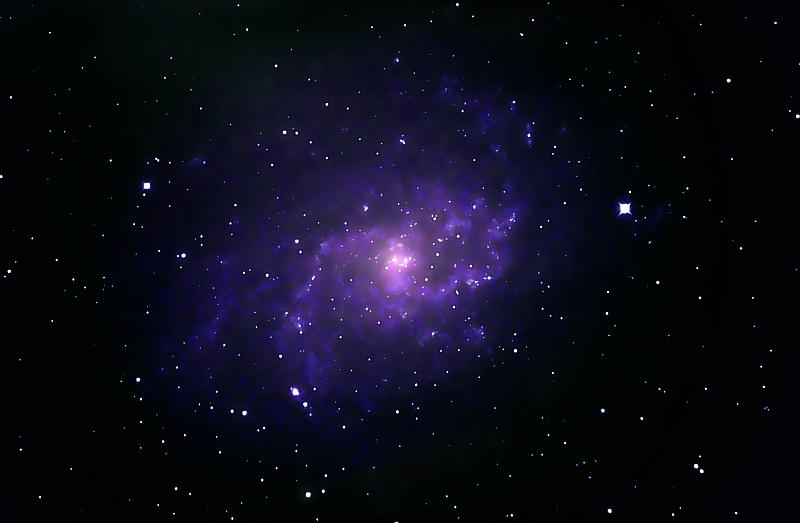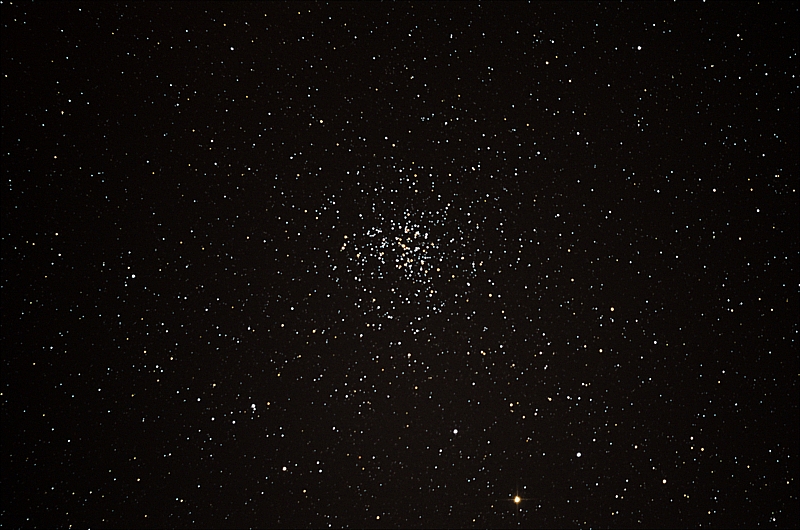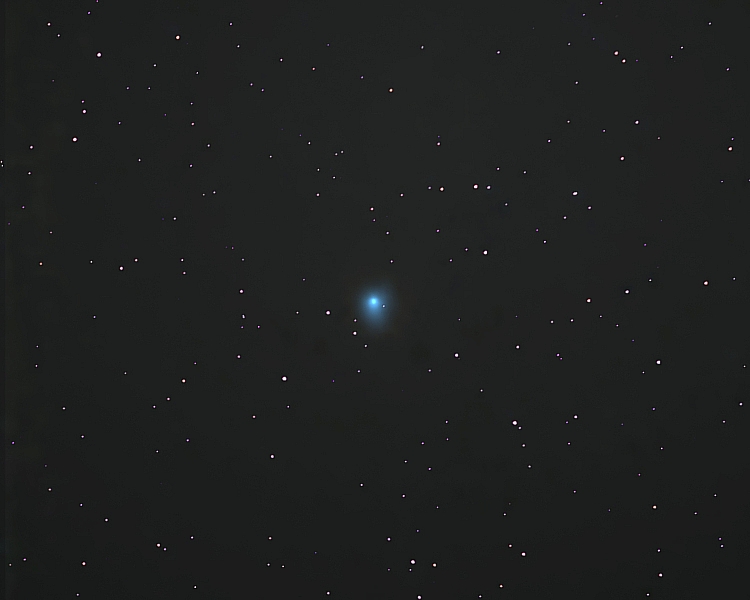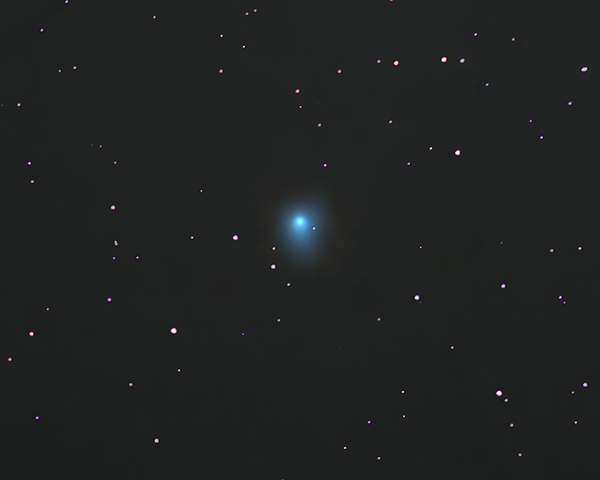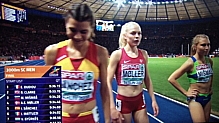Sorry this is a bit late but I'm playing catch-up here.
Saturday night was forecast reasonably clear so I grabbed the chance to point the baby R-C scope skywards to see what it could do. Although this scope is built primarily for imaging, I wanted to try some visual observing first to see how it compared to the 8" Newt.
I'd been told that aside from the reduced light-grasp due to the reduced aperture, the contrast would be reduced due to the relative size of the secondary obstruction. Well, I believed that until I looked at Jupiter's clearly-defined belts through the 8mm eyepiece. It looked good, and there were no issues with holding the planet and its moons in focus at the same time. I had a look at some Messier objects through various eyepieces and was similarly impressed.
After that I removed the eyepiece and put the webcam in at prime focus and went back to Jupiter and its moons. The scope has a larger native magnification than the Newt, so it was hard to gauge the differences, but it was certainly no worse, I reckon it'll make a fair grab 'n go planetary webcamming scope.
Finally I set it up with the D50 at prime focus and took some guided long exposures of a few objects - M1 (The Crab Nebula), Comet 103P/Hartley again, M33 (The Triangulum Galaxy) again, M67 (an open cluster in the constellation Cancer) and M74 (a face-on spiral galaxy in the constellation Pisces). Hartley was really motoring - in the pic the comet's elongation gives an indication of how far it was moving during each 300s exposure.
The data for the last two was dumped due to it being affected by high-level thin clouds, but I processed the rest and got some reasonable results bearing in mind the small amount of data that was used. I'm sufficiently encouraged by these to plan ahead for a decently-long session with M33 when the skies eventually clear here, I reckon I could get much better results with more data at better settings. It that works, I'll go for M74 which is supposed to be the most difficult Messier object for amateur astronomers to observe.
Anyway, the pics are as follows:
103P/Hartley, currently in the constellation Auriga.
Subs: 10 light @ 300s, darks, flats, ISO200.
D50 and AT2FF on the 6" R-C, guided with PHD.
M33 (aka NGC 598), a spiral galaxy in the constellation Triangulum.
Subs: 12 light @ 300s, darks, flats, ISO200.
D50 and AT2FF on the 6" R-C, guided with PHD.
M1 (aka NGC 1952), The Crab Nebula in the constellation Taurus.
Subs: 12 light @ 300s, darks, flats, ISO200.
D50 and AT2FF on the 6" R-C, guided with PHD.
By the time I'd finished taking flat-frames, packed away and locked up, it was getting light. I was knackered but happy. For such a small scope, the baby R-C has proved to be good and I'm glad that I bought it.

